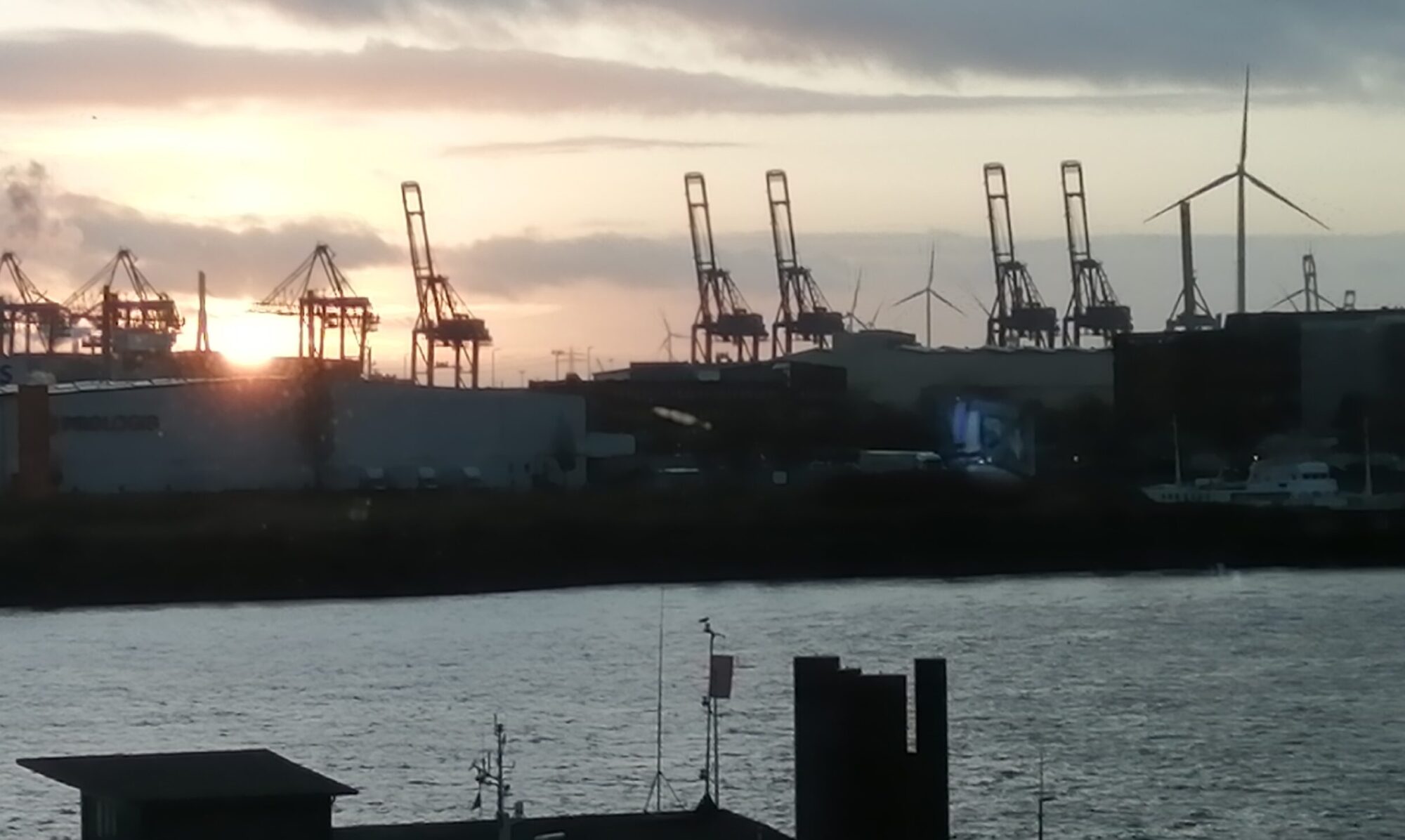Report by Phil McDonald on the BBC
Gravity Battery in Finland, Storing 2MW in a 1.4km Shaft
Report by Anthony Cuthbertson in the Independent
Sustainable Energy Authority of Ireland Seeks Tenders for Offshore Wind and Wave Research
Report by Adrijana Buljan in Offshore Wind Biz
Dogger Bank A to be Delayed, Yorkshire, England
Report by Adnan Memija in Offshore Wind Biz
Report by Jonathan Leake in the Telegraph
Aviation Fuel from CO2
Report by Michelle Ma from Bloomberg’s Cleaner Tech on 8 Feb 2024
| The friendly, carbon-free skies |
| By Michelle Ma Climate technology startup Twelve took a major step towards producing sustainable aviation fuel (SAF) on Thursday by launching its commercial-scale carbon transformation unit.The company will generate carbon credits for customers including Microsoft Corp. and Shopify Inc., in addition to producing clean jet fuel for Alaska Air Group Inc. Twelve is one of a number of emerging companies working on ways to transform captured CO2 into useful products. In the case of the Berkeley, California-based startup, its nascent technology will be critical to cleaning up one of the hardest-to-decarbonize sectors: aviation. Twelve uses a technique called electrolysis that uses electricity to repurpose carbon dioxide and water into various products. When the electricity is generated from renewables, the process is essentially no-carbon. The company’s CO2 electrochemical reactor — called OPUS — will be at the center of its first commercial SAF production plant under construction in Moses Lake, Washington, that’s set to be completed later this year.An OPUS engineer holds a reactor cell. Photo courtesy of TwelveThe plant will run on hydropower and use CO2 captured from a nearby ethanol plant. That CO2 and water will be fed through OPUS and turned into synthetic gas, the basis of SAF. Twelve’s airline customers can blend it with traditional jet fuel. The resulting carbon credit can be bought by corporate customers like Microsoft to offset their business travel-related emissions.The system is about the size of a shipping container, and Twelve’s electrochemical reactor technology allows it to produce fuel without taking up much space, Twelve co-founder and Chief Science Officer Etosha Cave said.Its unique low-temperature environment also allows the reactor to be ramped up and down fairly quickly, which means it can run when renewable prices are at their lowest compared to higher-temperature units that must run 24/7. The low temperatures also make for lower capital expenditure costs, according to CEO Nicholas Flanders. CO2 electrolysis isn’t widely used today, though a study published last year in Joule found the technology is maturing and that it will be a “critical step” to cutting CO2 emissions for the fuel and chemical industries.Currently, most SAF is made from animal fats and waste cooking oil or plants and wood. Biomass-based SAF has been around for years at commercial scale, though it still represents an exceedingly small portion of all jet fuel used.Fuels made from captured CO2 — dubbed “synthetic fuel” — like Twelve’s are far from commercialization.Incentives like those within the Inflation Reduction Act (IRA) signed by US President Joe Biden are also spurring the development of technologies to create SAF. Although Twelve’s carbon transformation technology can be used to make products ranging from spandex pants to car parts, it pivoted to focus more fully on SAF after the announcement of IRA tax credits for SAF blending, carbon capture and utilization and hydrogen production, Twelve Cave said. Those tax credits helped the company launch this commercial unit. “Without that, we would not be competitive in terms of being able to get to market at the stage we’re at,” she said. Read the full story. |
2023 was Very Profitable for Ørsted, but Expensive in the USA
Report by Adnan Memija on Offshore Wind . Biz (Profitable)
Report by Alex Lawson in The Guardian (Turbulent)
Prizes for “Danish Concept “Designers of Horizontal Axis Three Blade Wind Turbines
Report by Jonathan Amos on the BBC
Nephin Energy Leads Anaerobic Digestion Investment in Ireland
Report by Stephen Rob in the Irish Farmers’ Journal
Less Data Centre Development in Dublin
Report by Donal Buckley in the Irish Independent
Circular Economy, Energy and Environment – Prof Jerry D Murphy
You Tube video by Prof Jerry Murphy of MaREI, research centre, UCC
